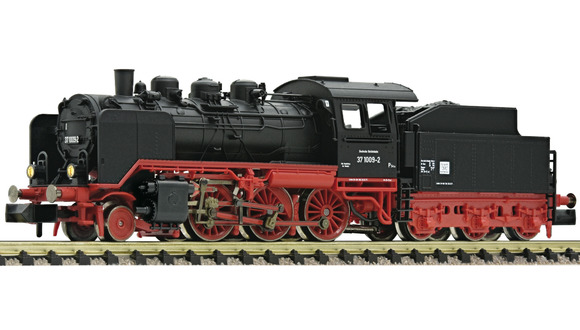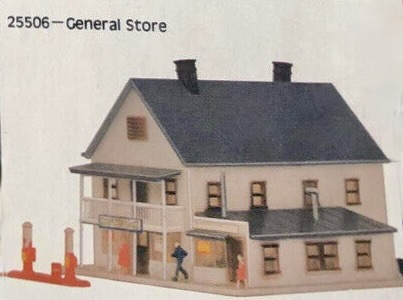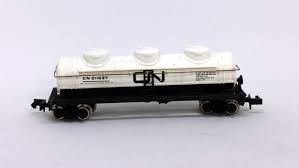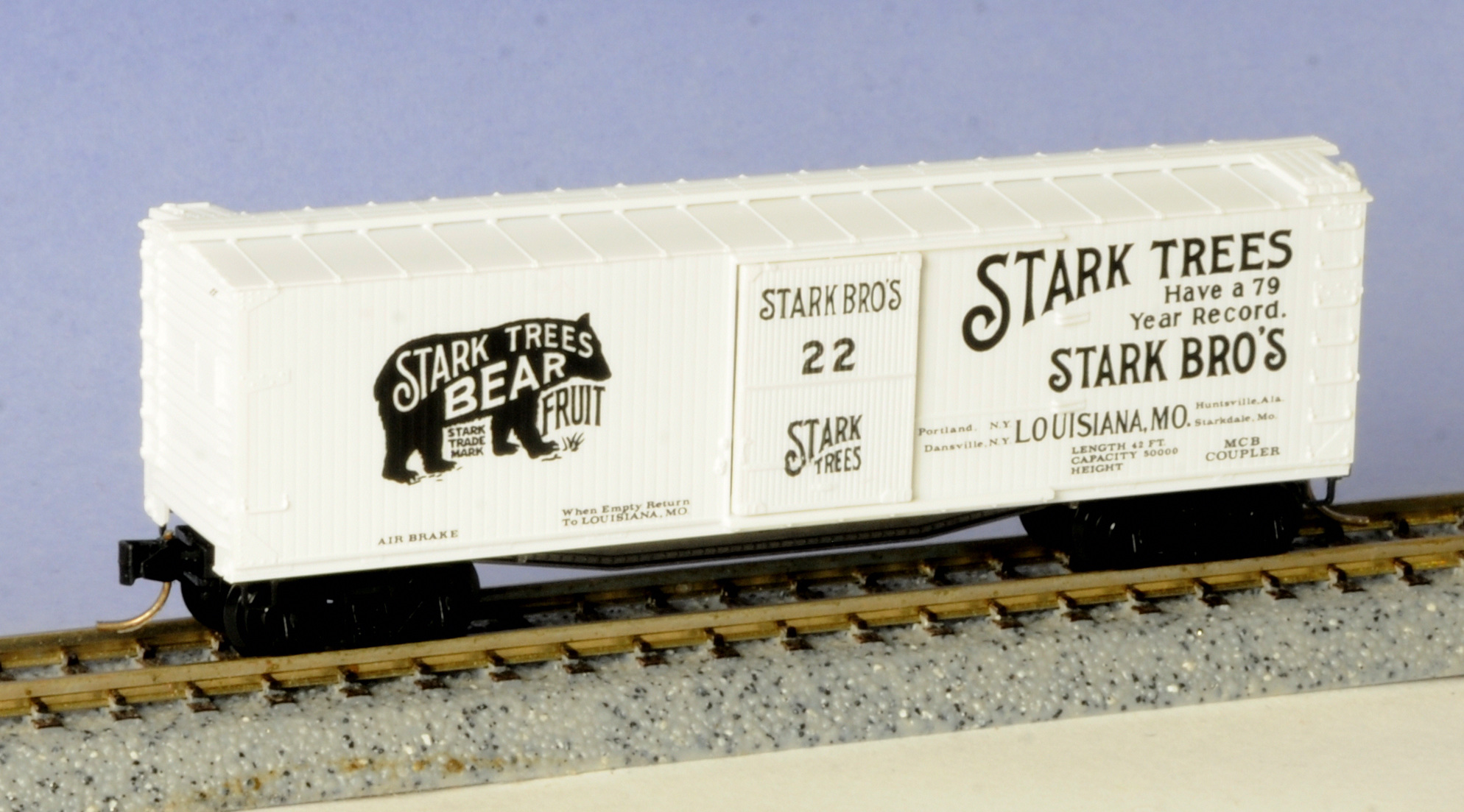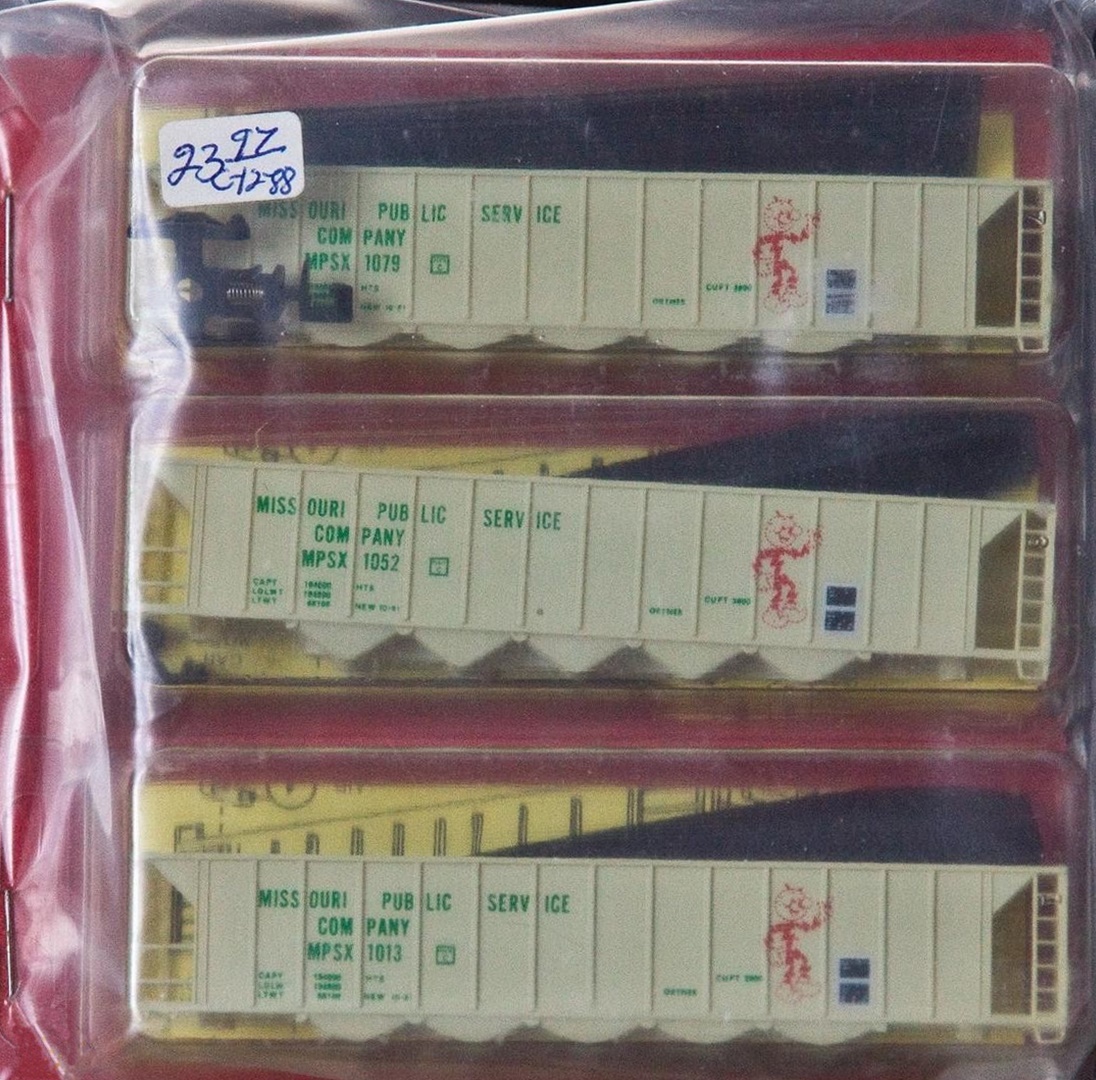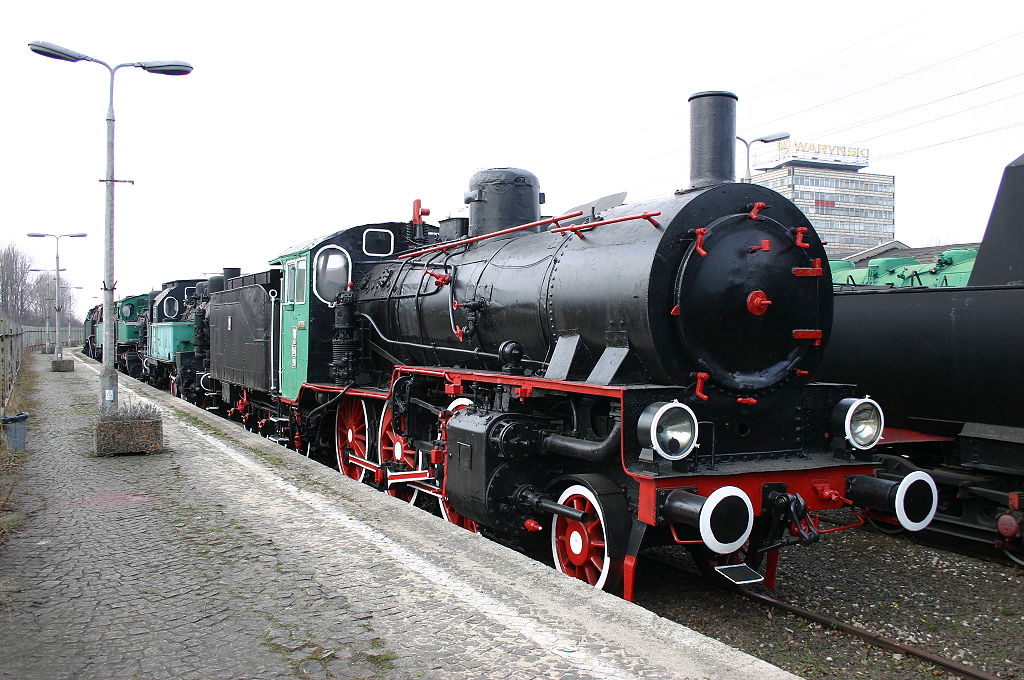Specific Item Information: In true to the original livery and lettering. In-plane applied windows. Fully moveable Heusinger control. Brake shoes between the driving wheels. Metal die-cast bogie. Drive on 2 axles. 2 traction tyres. Double headlights.
Prototype History: The Prussian Class P 6s were passenger locomotives operated by the Prussian state railways with a leading axle and three coupled axles.
The P 6 was conceived as a so-called universal locomotive. The first vehicle was manufactured in 1902 at Düsseldorf by the firm of Hohenzollern. This engine has a number of features that are characteristic of its designer, Robert Garbe: a narrow chimney located well forward and the unusual position of the boiler. As a result, and in spite of the relatively small, 1,600 mm (62.99 in) diameter, driving wheels (on the prototype they were only 1,500 mm or 59.06 in), the locomotives were authorised to travel at up to 90 km/h (56 mph), a speed which could not be attained in practice due to its poor riding qualities.
The smokebox superheater installed on the first machines was soon replaced by a smoke tube superheater. In all, 275 engines of this class were built up to 1910. 110 examples had to be handed over after the First World War as reparations. 163 locomotives were taken over by the Deutsche Reichsbahn as DRG Class 37.0-1, where they were allocated the running numbers 37 001–163. The locomotives with numbers 37 201–206 were, by contrast, G 6 and P 6 class engines respectively of Lübeck-Büchen Railway (LBE), that had a different design from the Prussian locomotives.
The Prussian P 6s were retired by about 1950. The few engines left after the Second World War were no longer employed by the Deutsche Bundesbahn and the Reichsbahn.
The locomotives taken over by the Polish State Railways (PKP) were given the designation Oi1. One of them has been preserved and can be viewed in the Warsaw Railway Museum. The engines were equipped with Prussian tenders of class pr 2'2' T 16.
The P 6 was conceived as a so-called universal locomotive. The first vehicle was manufactured in 1902 at Düsseldorf by the firm of Hohenzollern. This engine has a number of features that are characteristic of its designer, Robert Garbe: a narrow chimney located well forward and the unusual position of the boiler. As a result, and in spite of the relatively small, 1,600 mm (62.99 in) diameter, driving wheels (on the prototype they were only 1,500 mm or 59.06 in), the locomotives were authorised to travel at up to 90 km/h (56 mph), a speed which could not be attained in practice due to its poor riding qualities.
The smokebox superheater installed on the first machines was soon replaced by a smoke tube superheater. In all, 275 engines of this class were built up to 1910. 110 examples had to be handed over after the First World War as reparations. 163 locomotives were taken over by the Deutsche Reichsbahn as DRG Class 37.0-1, where they were allocated the running numbers 37 001–163. The locomotives with numbers 37 201–206 were, by contrast, G 6 and P 6 class engines respectively of Lübeck-Büchen Railway (LBE), that had a different design from the Prussian locomotives.
The Prussian P 6s were retired by about 1950. The few engines left after the Second World War were no longer employed by the Deutsche Bundesbahn and the Reichsbahn.
The locomotives taken over by the Polish State Railways (PKP) were given the designation Oi1. One of them has been preserved and can be viewed in the Warsaw Railway Museum. The engines were equipped with Prussian tenders of class pr 2'2' T 16.
Road Name History:  From 1949, the new governments assumed authority for railway operations. The DRG's (or DR's) successors were named Deutsche Bundesbahn (DB, German Federal Railways) in West Germany, and Deutsche Reichsbahn (DR, German State Railways) in East Germany kept the old name to hold tracking rights in western Berlin.
From 1949, the new governments assumed authority for railway operations. The DRG's (or DR's) successors were named Deutsche Bundesbahn (DB, German Federal Railways) in West Germany, and Deutsche Reichsbahn (DR, German State Railways) in East Germany kept the old name to hold tracking rights in western Berlin.
Unlike the DRG, which was a corporation, both the DB and the DR were federal state institutions, directly controlled by their respective transportation ministries. Railway service between East and West was restricted; there were around five well-controlled and secure checkpoints between West and East Germany, and about the same number between East Germany and West Berlin. Four transit routes existed between West Germany and West Berlin; citizens of West Berlin and West Germany were able to use these without too much harassment by the East German authorities.
The DB started in 1968 with changing the locomotive and passenger car serial numbers to the UIC norm. In 1970 the DR followed. The DB started experimenting with the Intercity trains in a new livery (bright orange).
From Wikipedia

Unlike the DRG, which was a corporation, both the DB and the DR were federal state institutions, directly controlled by their respective transportation ministries. Railway service between East and West was restricted; there were around five well-controlled and secure checkpoints between West and East Germany, and about the same number between East Germany and West Berlin. Four transit routes existed between West Germany and West Berlin; citizens of West Berlin and West Germany were able to use these without too much harassment by the East German authorities.
The DB started in 1968 with changing the locomotive and passenger car serial numbers to the UIC norm. In 1970 the DR followed. The DB started experimenting with the Intercity trains in a new livery (bright orange).
From Wikipedia
Brand/Importer Information: As a high-quality company we set the standard when it comes to prototype fidelity and functionality. Our aim is to enthrall novices and experts alike and to be the enduring long-term partner for a fascinating hobby that spans all generations. We achieve this with the true-to-detail design and the reliability of our models and with innovations that offer a new dimension in the play value and fun factor. The high commitment to quality that has characterised Fleischmann for more than 125 years has ensured our company?s position as an internationally leading brand for model railways.
Small-scale greatness. Its comprehensive range in the N scale makes Fleischmann the international market leader in this sector. There are over 350 highly detailed models to choose from in the space-saving 9-mm gauge. Continuous and targeted extension of the range will allow Fleischmann to expand its competitive edge in the future.
Small-scale greatness. Its comprehensive range in the N scale makes Fleischmann the international market leader in this sector. There are over 350 highly detailed models to choose from in the space-saving 9-mm gauge. Continuous and targeted extension of the range will allow Fleischmann to expand its competitive edge in the future.
Item created by: gdm on 2017-10-27 17:24:17
If you see errors or missing data in this entry, please feel free to log in and edit it. Anyone with a Gmail account can log in instantly.
If you see errors or missing data in this entry, please feel free to log in and edit it. Anyone with a Gmail account can log in instantly.


